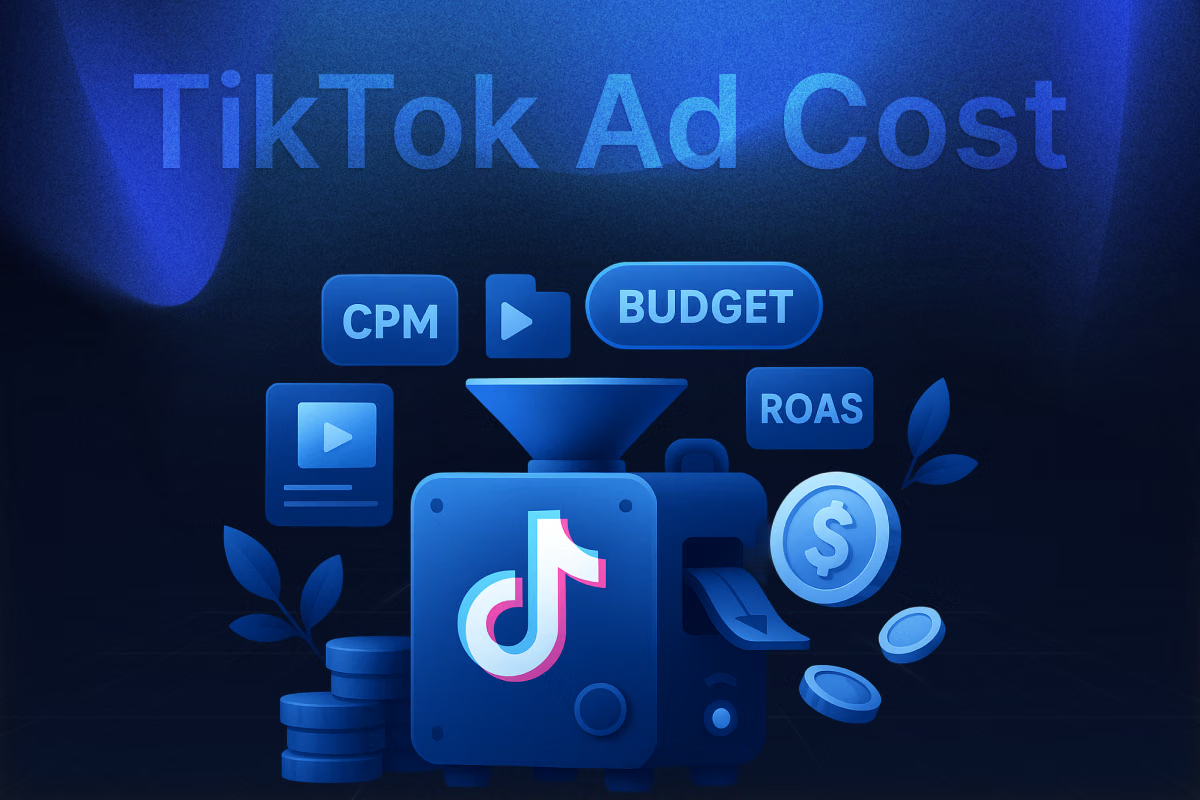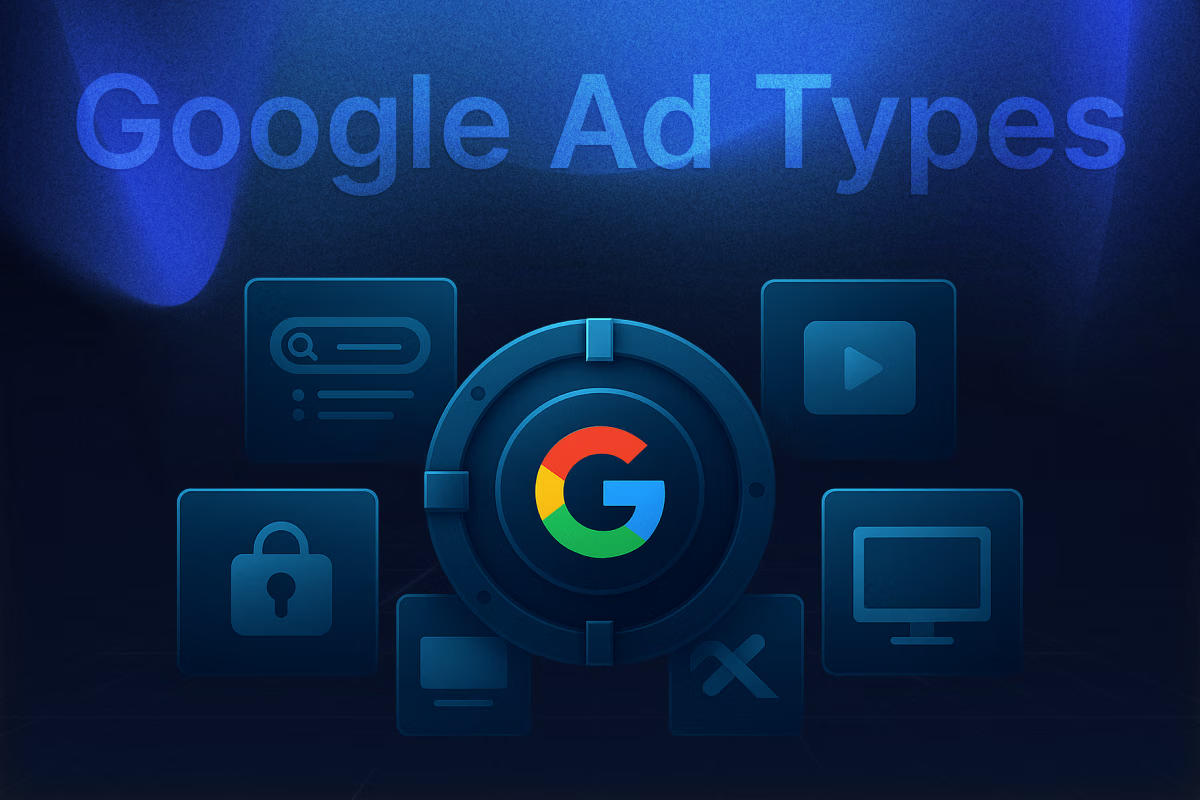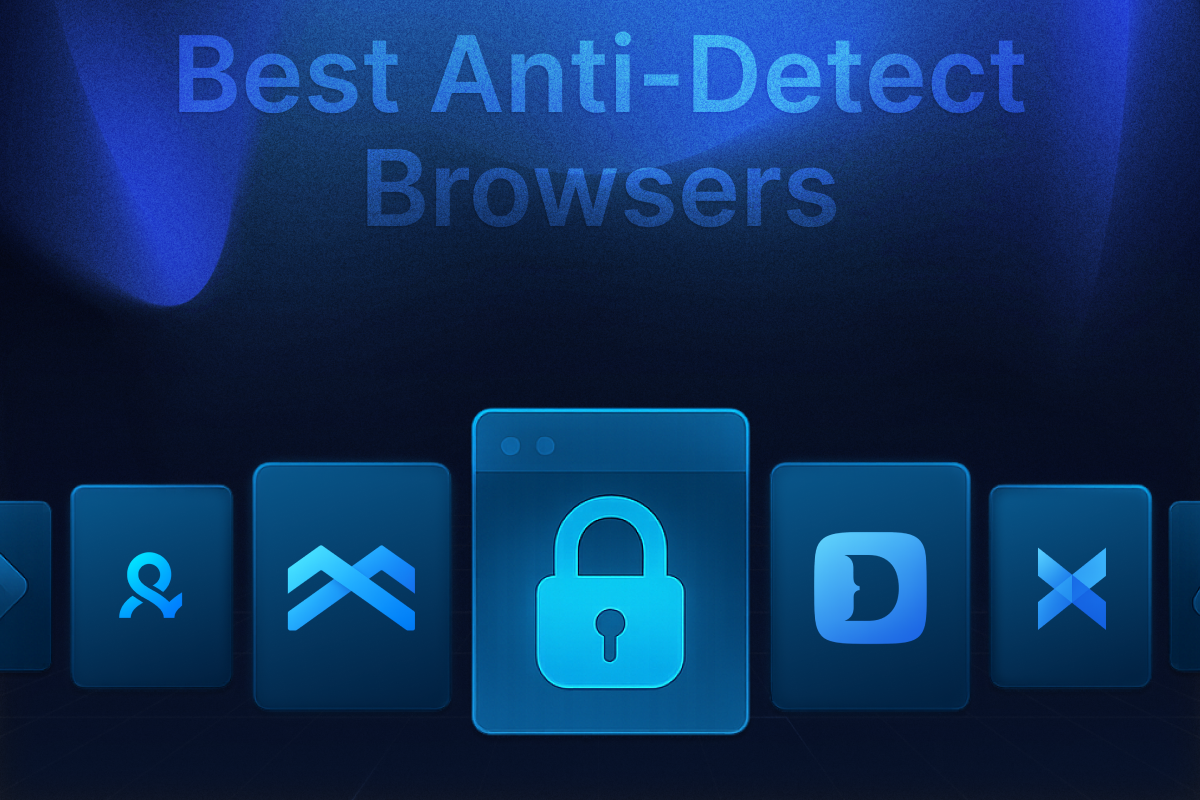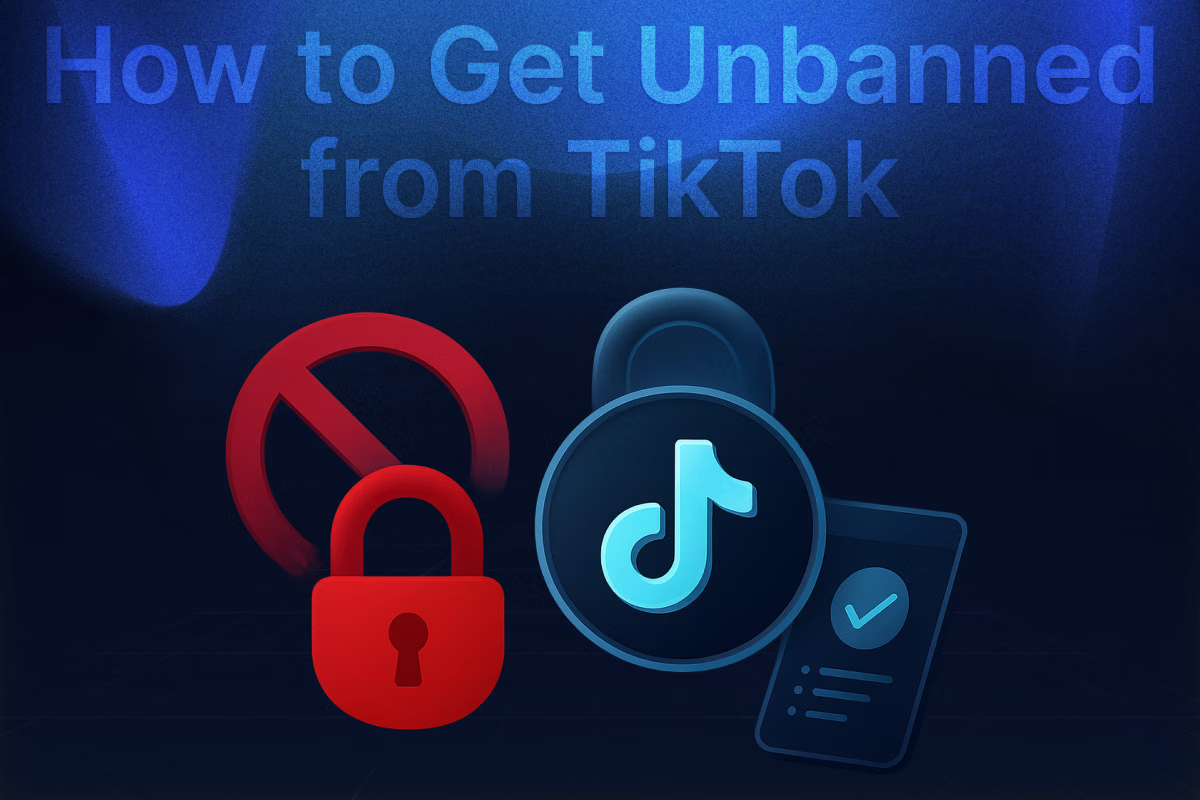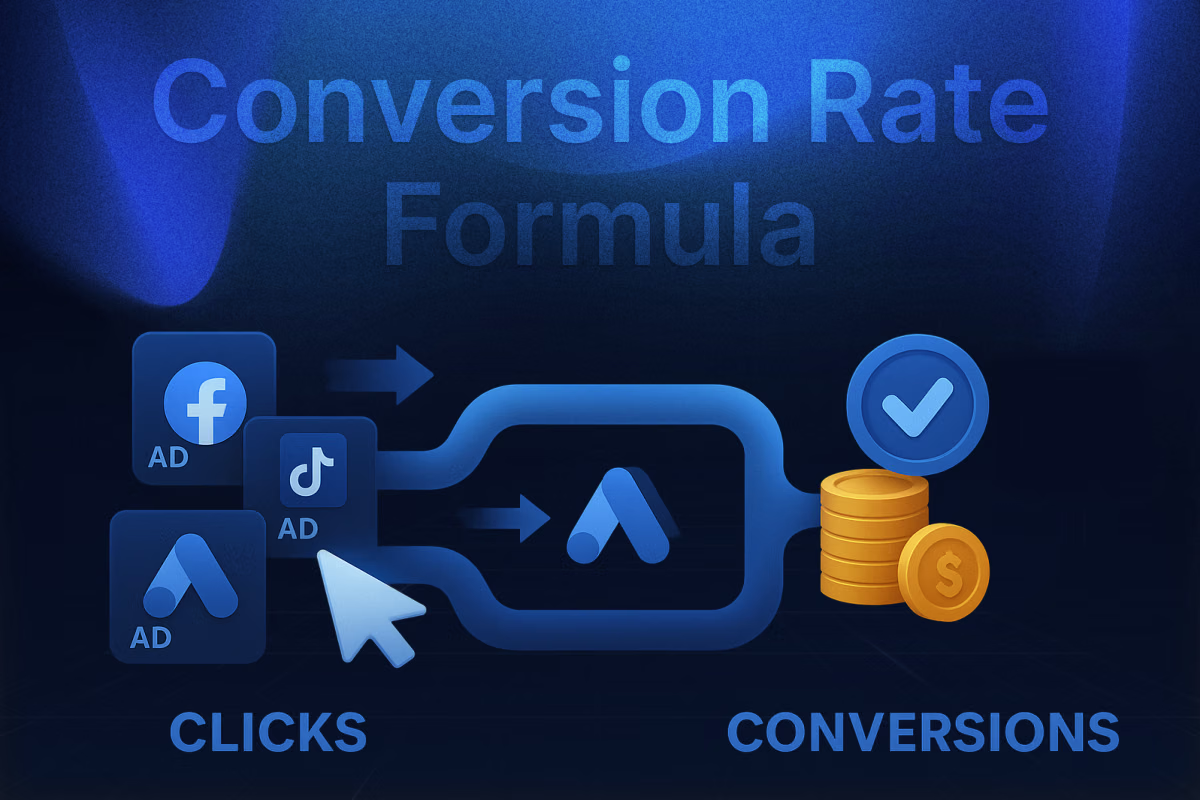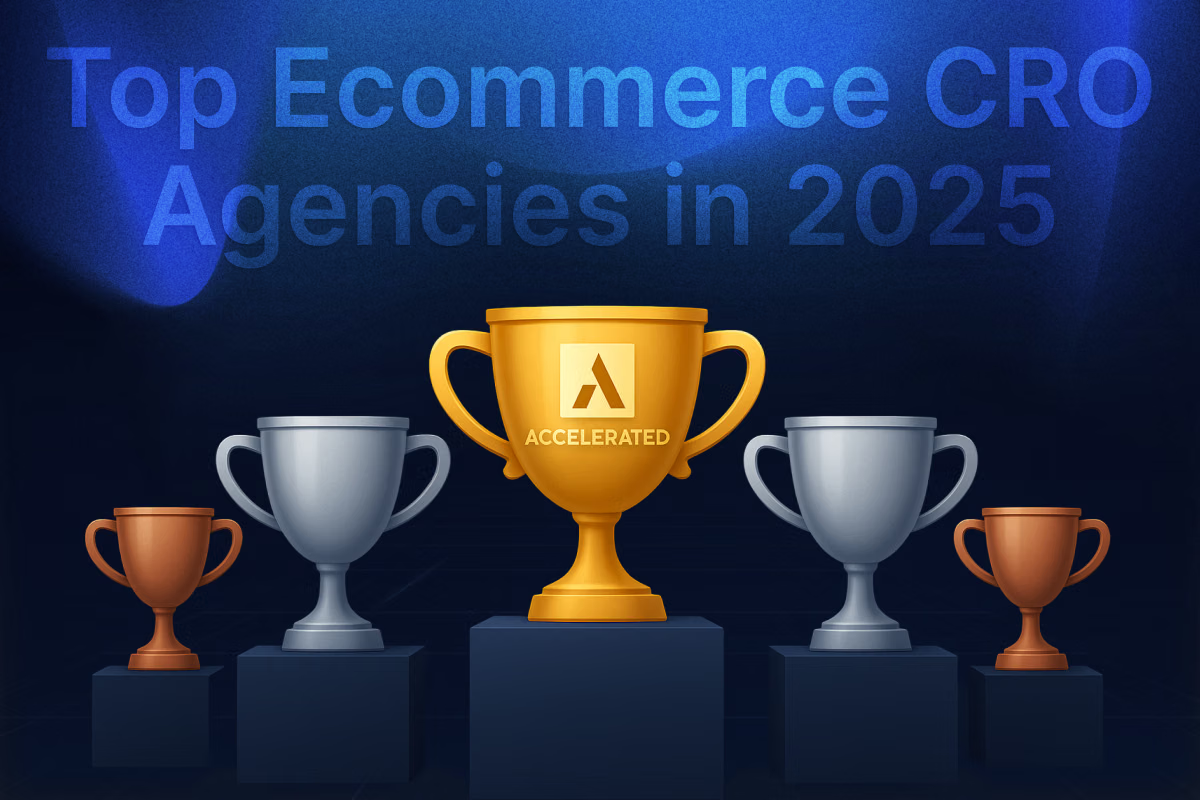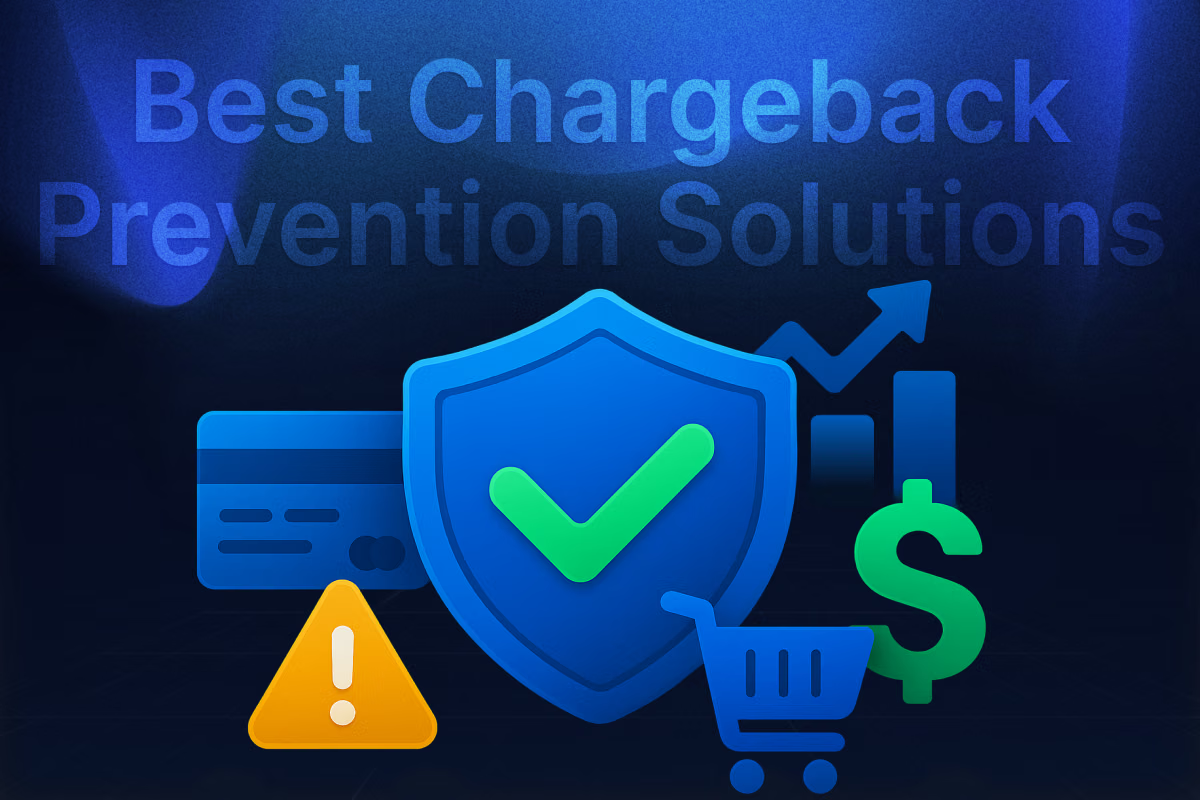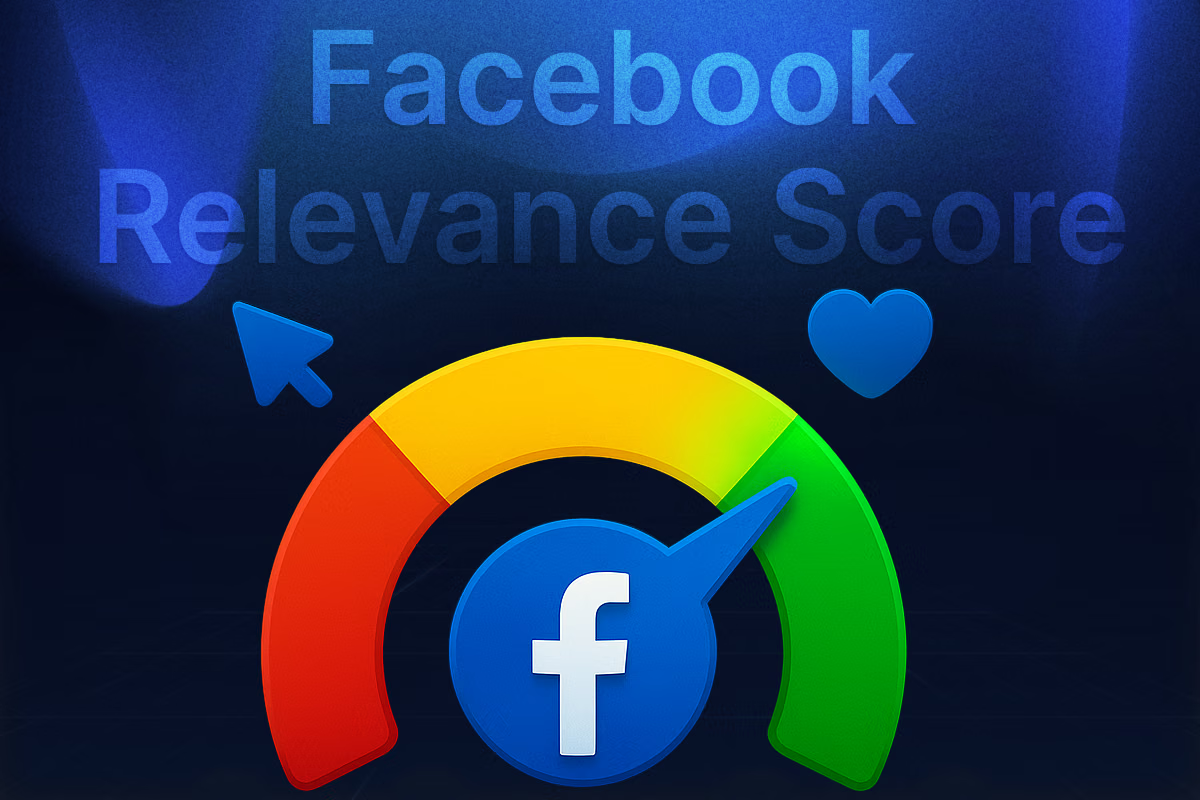TikTok has quickly become one of the most popular platforms in social media, coming with high reach and engagement, especially from young audiences.
According to TikTok for Business, 31% of TikTok users are likely to buy creator-recommended products.
Marketing your brand on TikTok has never been more effective. But before you begin, it is essential to know exactly how much you should be spending on your TikTok ads.
TikTok ads can be both incredibly cheap and insanely expensive, depending on several factors that change the cost of your ads. Knowing the basics of TikTok ad costs can make the difference between breaking the bank and getting a sweet deal. By changing subtle factors in your ad, such as audience, objectives, and bidding, you can bring down the prices of your ads significantly.
This blog is a one-stop guide to understanding TikTok ads and how to budget and scale them appropriately. Follow this blog to become a pro TikTok marketer and get the most bang for your buck in your TikTok advertising.
5 TikTok Ad Cost Factors: Understand What Impacts Your Budget
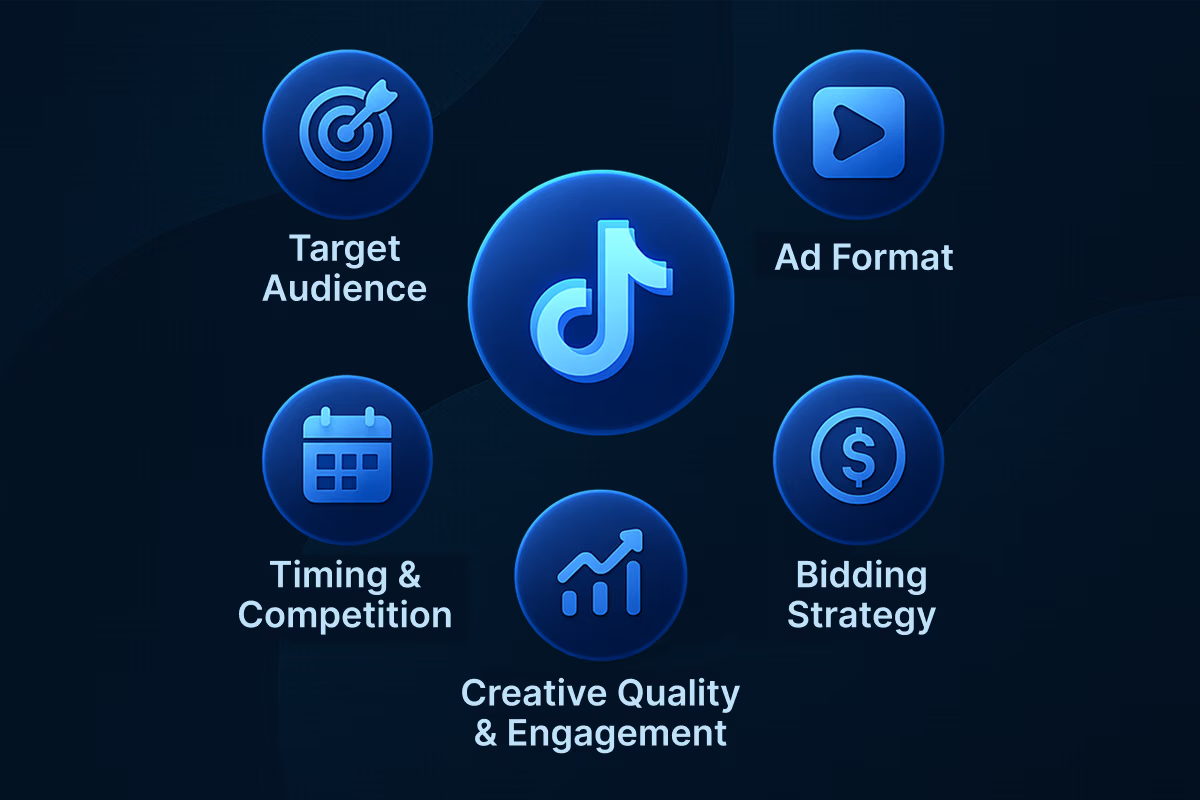
Before we delve into how much TikTok ads typically cost, it’s important to know what affects the price to be higher or lower. TikTok ad costs will depend on a few criteria you decide for your ad campaign to have. By tweaking your preferences, you can optimize your spending with what you’re really looking to get out of your campaign.
Factors which affect TikTok ad costs include:
1. Your Bidding Method
The bidding method is the parameter on which TikTok is going to charge you for your ads. Just like bidding at an auction, you make a bid on a particular criteria of your ad which TikTok compares with others in your similar auction space. Based on your bid and ad relevance, TikTok then determines the amount of reach you get for your budget.
This is one of the reasons why ad costs fluctuate all the time. TikTok provides the highest reach to the highest bidder with more relevant content.
Like in other digital marketing platforms, there are a few ways in which you may be billed for your ads. TikTok charges for your ads in 4 main bidding methods:
- CPM (Cost Per Thousand Impressions): Impressions refer to how many times your ads are shown. Using this bidding method tells TikTok how much you are willing to pay per 1000 times your ad comes up on someone’s feed.
- oCPM (optimized Cost per thousand impressions): oCPM is just a modified version of CPM. In this case, your ad audience is optimized to people performing a certain action such as installing your app, signing up, or converting. oCPM is the default bidding method for conversion and app install objectives. Unlike in CPM, your ads are delivered in a more efficient way to people who are more likely to take action upon seeing your ad. This decreases overall reach but helps boost up your conversion rate.
- CPV (Cost per view): You can also bid on the cost for every time someone views your ad for at least 6 seconds. This helps you specify that you want people to watch your ad and not just scroll past it. You will also be charged if a viewer interacts with your ad within the first 6 seconds.
- CPC (Cost per click): You can also bid on the amount you want to pay every time your audience clicks on your ad. TikTok automatically delivers your ad to users who are most likely to click, keeping your cost close to your set bid. This is great for traffic campaigns, product promotions, or website visits.
2. Ad Format and Placement
One of the biggest contributors of the prices for your TikTok ads is their format and placement. Your ad placement largely determines how well or poorly your ad performs. Simply put, the more visible your ad is and the better placement it gets, the higher your costs will be.
- Premium placements, such as TopView Ads or Brand Takeovers, appear as soon as users open the app, making them highly effective and expensive. These ads often using a CPM (cost per thousand impressions) model.
- In-Feed Ads and Spark Ads are more affordable, appearing naturally in the “For You” feed. They’re ideal for driving clicks, engagement, or conversions without high upfront costs.
- Branded Hashtag Challenges and Branded Effects are large-scale, interactive campaigns designed for user participation — typically priced at flat rates ranging from $50,000 to $150,000+, depending on region and campaign scope.
Ad placement directly affects performance and visibility, so your format choice should align with your marketing goals and available budget.
3. Target Audience
Your target audience also has a big influence on ad cost. TikTok allows you to precisely target your audience based on interests, age, and online behaviour. One of their strategies is to have a higher cost for certain audiences with relatively lower costs for others.
- High-demand demographics (like Gen Z users in the U.S. or fashion and beauty enthusiasts) tend to be more expensive because advertisers compete heavily for these groups.
- Geography affects cost, too. Campaigns targeting the U.S., UK, or Canada usually pay higher CPMs than those targeting Southeast Asia or Latin America.
- Selectivity affects the cost. Having a broad audience with less specific interests and other specifications will cost less than a narrow audience with very specific interests and specifications.
This cost variation is driven by TikTok’s auction-space model, in which other advertisers are competing for your audience. Audiences for which advertisers bid heavily are more likely to cost you more money.
4. Campaign Objective
Your campaign goal determines how TikTok delivers and charges for your ads. Campaign objectives can range from simple reach to sign-ups and purchases. The more action-oriented your objective is, the higher your ads will cost. The thinking is simple: it is harder to get people to click on your ad and purchase your product than it is to simply get your ads to show up on their feeds.
- Reach: Typically cheaper, optimized for visibility.
- Consideration (video views, traffic): Moderate cost, focused on engagement.
- Lead Generation: Also moderate costs. Helps you get clicks and comments.
- App Promotion: Quite expensive. Aimed to get downloads, which are quite rare.
- Sales: Most expensive, optimized for high-value actions.
5. Seasonality and Trends
TikTok is arguably the most trend-oriented ad platform, and they know this pretty well. TikTok ad prices fluctuate based on seasonal demand and cultural trends.
During peak shopping periods like Black Friday, Christmas, or Valentine’s Day, competition intensifies as brands compete for the same audience attention. This fluctuation is again due to the auction-based bidding system, where other advertisers are bidding higher and higher for the same ad season.
Major cultural events (like the Olympics or World Cup) also drive temporary spikes in ad costs, especially in related categories such as sports, entertainment, and retail.
Even viral TikTok trends can influence costs within certain niches. For example, a viral skincare challenge might make beauty-related ads more expensive for a few weeks.
Ad Formats and Their Pricing Models
As we’ve already talked about, ad formats and placements play a huge role in putting a price tag on your ads. A more visible ad placed more conveniently will cost more than an ad that sits in the background and barely catches the eye.
Knowing in depth about ad formats and their pricing models on TikTok is important to make good marketing decisions for your TikTok ad campaign. As of 2025, TikTok has the following ad formats and placements that you need to consider:
1. In-Feed Video Ads
These are the most popular and versatile TikTok ads. They appear within users’ For You Feed and are designed to look and feel like native TikToks, blending seamlessly with organic content. Depending on where they show up in the feed, there are a few types of ads you can create on TikTok. Naturally, the pricing of the ad also depends on the placement and ad type you choose.
2. In-Feed Interactive Ads
Unlike most other platforms, TikTok offers interactive ad options to drive up its effectiveness. Your ad pricing also changes when using interactive ads. These ads require more resources to be uploaded to TikTok, including .zip files of apps or specifications regarding your product. Interactive ads appear inside the feed of your audience and let them engage with them to get a better experience.
3. Non-Feed Placement Ads
These placements appear outside the main feed, such as in search results, message tabs, or ByteDance partner apps. Non-feed placement ads have different pricing than in-feed ads. They tend to be cheaper in some cases, but prices may vary depending on what specifications you ask for.
4. Interactive Enhancements
These tools make ads more immersive and engaging, helping you boost attention, interactions, and recall.
5. Industry Ad Solutions
TikTok offers industry-specific ad formats tailored to vertical needs — helping brands create more relevant and conversion-driven campaigns.
TikTok Ad Format Comparison: Choose What Fits Your Budget
How Much Do TikTok Ads Cost? (Estimated Benchmarks)
TikTok typically has higher advertising costs than other advertising platforms in the digital marketing sphere. It is difficult to quantify industry standards for ad costs on TikTok due to its auction-based bidding model. However, some average costs can give you an idea of how much you may have to spend on your ad campaign on TikTok.
How to Budget Your Ads on TikTok

TikTok does provide a minimum budget you will need for ad campaigns. This budget can be set in one of two ways:
- Lifetime Budget: This is the total amount you are willing to spend for the entire duration of your ad campaign. A lifetime budget is good for time-sensitive campaigns with fixed durations, such as product launches, holiday promotions, or events.
- Daily Budget: A more flexible option is setting a daily budget, which determines a specific amount to be spent every day. This offers the flexibility to monitor the performance of your ads daily and tweak your ads or your budget based on the outcome.
Minimum Budget Thresholds
There is a minimum budget that TikTok requires you to set whenever you try to advertise. This budget depends on the type of budgeting you pick. In essence, the minimum threshold is:
For Daily Budgets:
- Campaign level: Minimum budget must exceed $50/day
- Ad group level: Minimum budget must exceed $20/day
For Lifetime Budgets:
- Campaign level: Minimum budget must exceed $50 total
- Ad group level: Must equal at least the daily minimum ($20) × number of scheduled days
For example, if your ad group runs for 31 days, your minimum lifetime budget should be:
$20 × 31 days = $620 minimum
Scaling Smart: Why TikTok Ad Agency Accounts Make a Difference
Scaling is key if you’re trying to get a business off the ground. If you’re an active digital marketer, you’ll eventually look for ways to get larger campaigns and higher reach. One way to do this is just keep throwing more money into your campaigns on your regular ad account. But there is a better way.
If you’ve ever tried ramping up a regular account, you probably have been stopped by daily spend limits, slow campaign learning, delayed approvals, or even unexpected ad restrictions. These restrictions limit your growth and give you less room for improvement and scaling.
Fortunately, you can get TikTok agency ad accounts from Uproas. These accounts have a number of perks that are focused on helping you scale without limits and restrictions.
In other words, you can spend less time fighting the platform and more time on the fun part, making ads that convert. r questions, and guide optimization.
How to Lower Your TikTok Advertising Cost
Everyone is interested in getting better bang for buck when it comes to advertising. TikTok ad costs depend heavily on a number of factors that can be tweaked to get better deals for your ad campaigns.
In general, creating better quality ads and having a proper bidding and budgeting strategy are the first steps to getting lower TikTok ad costs. Luckily, there are a few hacks you can try that can greatly reduce your TikTok ad costs in just a few short steps:
- Use high-quality creatives (native-style videos with hooks)
- Avoid excessive text or aggressive CTAs in the first 3 seconds
- Target Lookalike audiences based on past converters
- Use retargeting for higher ROAS
- Refresh creatives weekly to avoid ad fatigue
- Leverage TikTok Spark Ads with top-performing creator content
Conclusion: Is TikTok Advertising Worth the Cost?
The short answer: yes, but with a caveat. Campaigns that fail usually underestimate the importance of creative quality, targeting, and optimization. Understanding ad formats, picking the right bidding strategy, and setting smart budgets are essential steps to making every dollar count.
For advertisers ready to scale efficiently, leveraging tools like Spark Ads, TikTok Promote, or even Uproas TikTok Agency Ad Accounts can unlock better delivery, higher trust, and fewer restrictions, giving you a real competitive edge.
In the end, TikTok advertising is worth it if you approach it strategically: start with small tests, measure performance, iterate on creatives, and scale intelligently. Done right, it’s not just an ad spend. It’s an investment in engagement, growth, and brand visibility that can pay off big.
Frequently Asked Questions
How much does TikTok cost per click?
On average, $0.50–$1.50 per click, depending on industry and creative quality.
What’s the cheapest way to advertise on TikTok?
Use TikTok Promote. Start with $5/day and boost organic videos.
Does TikTok ad pricing vary by country?
Yes. The US, UK, and CA tend to cost more than India, SEA, and LATAM markets.
Can I run more aggressive campaigns with a TikTok agency account?
Yes. Uproas accounts come pre-warmed with fewer restrictions, higher limits, and faster scaling potential.
What’s the minimum budget to start TikTok ads?
TikTok requires at least $20/day for ad groups and $50/day at the campaign level.





